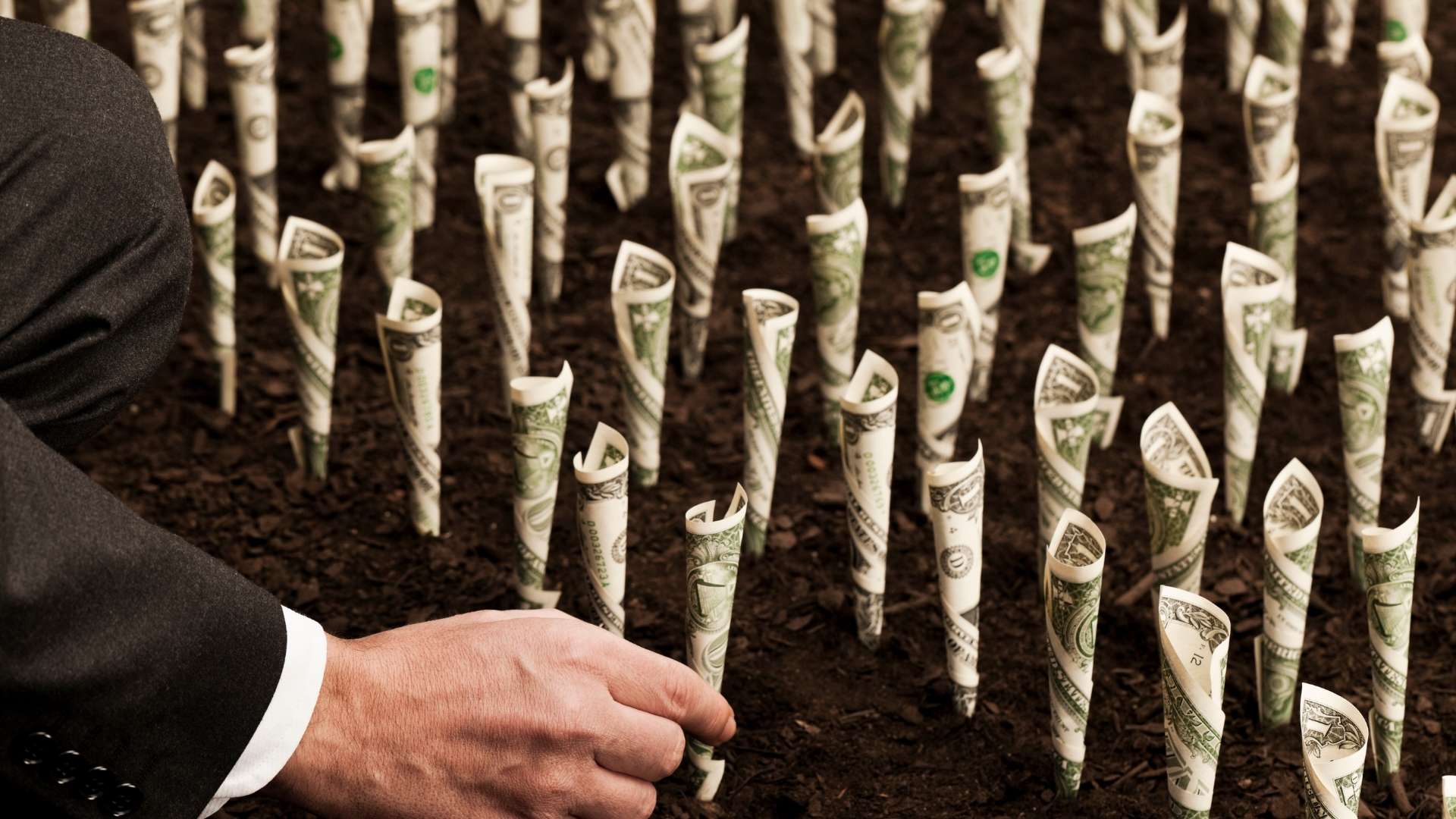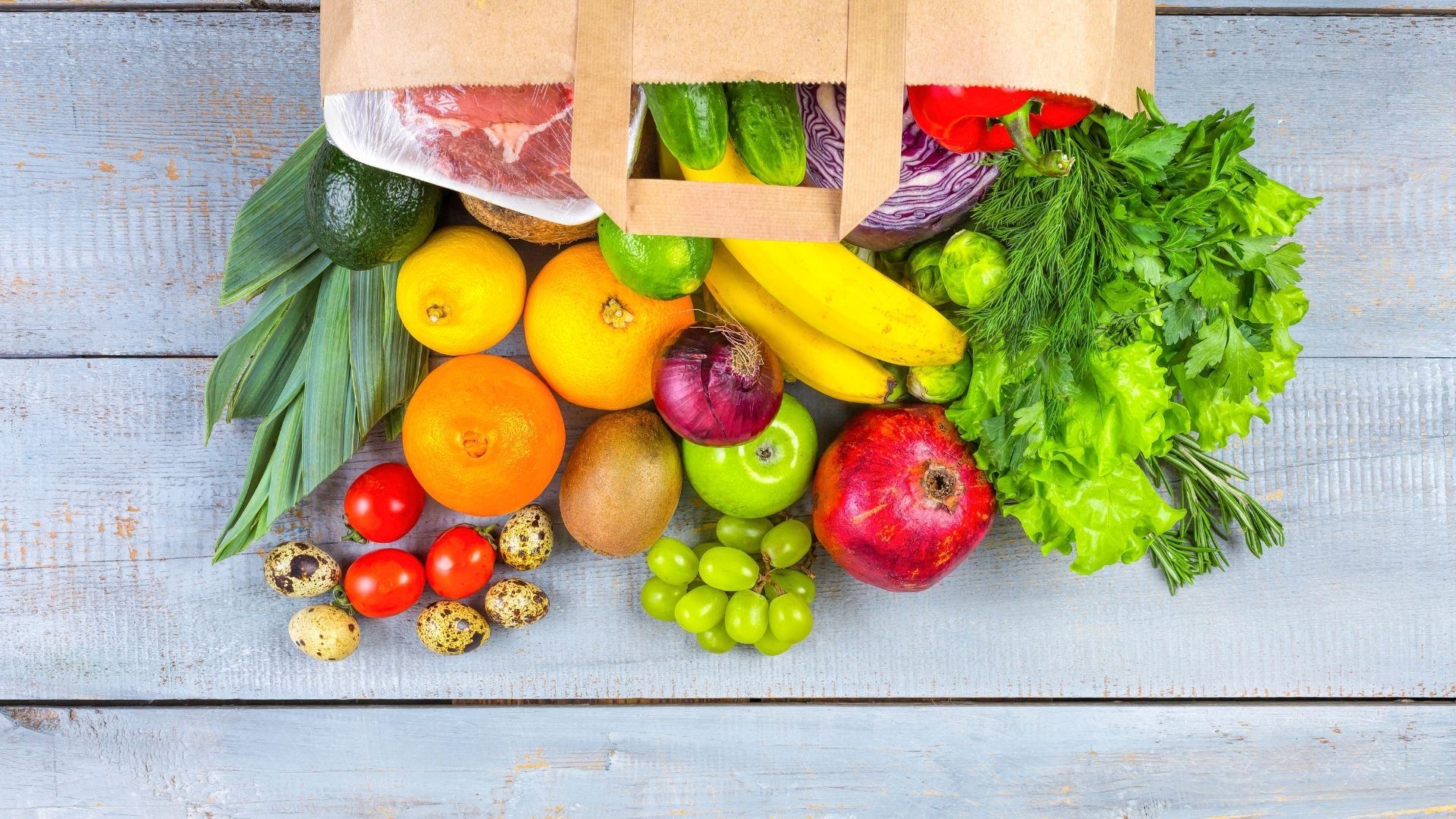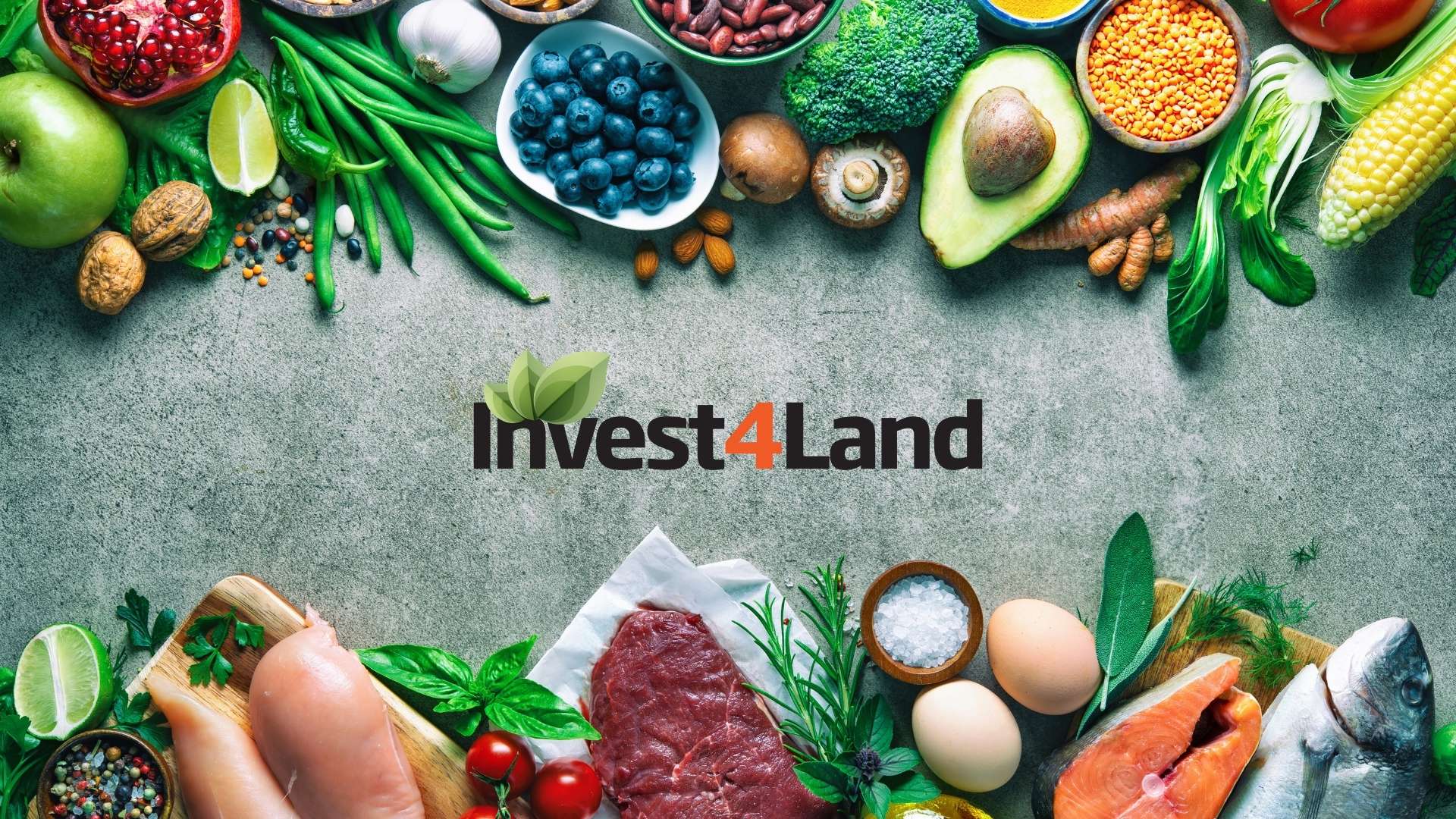
Food and Agriculture
Food and Agriculture is at the forefront of almost all pressing global challenges
Hunger levels have continued to rise over the past five years. Approximately 690 million people sleep hungry every night, not to mention that COVID-19 could also drive an additional 130 million people to hunger by the end of 2020 unless precautionary measures are taken, according to the International Institute for Sustainable Development (IISD). It is why food and agriculture are essential: They provide a livelihood for more people in the world than any other sector.
Improving agricultural productive capacity in developing countries by increasing productivity is an important political goal as agriculture is a vital economic sector. The agricultural industry provides livelihoods, directly and indirectly, for a large portion of the population in all developing countries, especially in rural areas, where poverty is more pronounced. Thus, the growing agricultural sector contributes to inclusive growth and poverty alleviation.
In the context of growth in food and agriculture, the emphasis is placed on productivity because the expansion of arable land is very limited in most countries due to the physical lack of suitable land and/or due to environmental priorities. In addition, the difference between the actual and technically feasible production capacity of most crops holds excellent potential for increasing food and agricultural production through improving productivity, even without further technological advances.
Agricultural productivity
Agricultural products are usually measured by weight or volume. An immediate question arises about the best way to combine different agricultural products because the weights or volumes are not very meaningful. One approach when dealing with crops is to convert them into a common physical unit, such as units of wheat. More commonly, GDP in agriculture is measured in monetary units such as the sum of all production in the agricultural sector minus the value of intermediate inputs generated within the agricultural industry. Monetary and non-cash transactions (barter, trade, and self-consumption) for contributing products should be included. It is referred to as the “final product,” which differs from agricultural GDP by not subtracting the value of non-agricultural inputs. In other words, the final product is the amount of agricultural output available to the rest of the economy. In contrast, agricultural GDP measures the net contribution of agriculture to a country’s GDP.
An investment is a change in fixed inputs used in the production process. In the narrowest definition, investment is the change in the stock of physical capital, tangible inputs that have a useful life of one year or more (land, equipment, machinery, storage facilities, livestock).
Economists recognize that although difficult to measure, an inclusive agricultural investment measure must include improvements in land, natural resource development, human and social capital development, and physical capital formation. Human capital is the storehouse of knowledge, experience, or managerial ability. Since it is directly influenced by educational, training, and counseling institutions, variables such as level of education or indicative contacts are often used as alternative metrics. Public and private expenditures on research and development are often used to express the level of human capital.
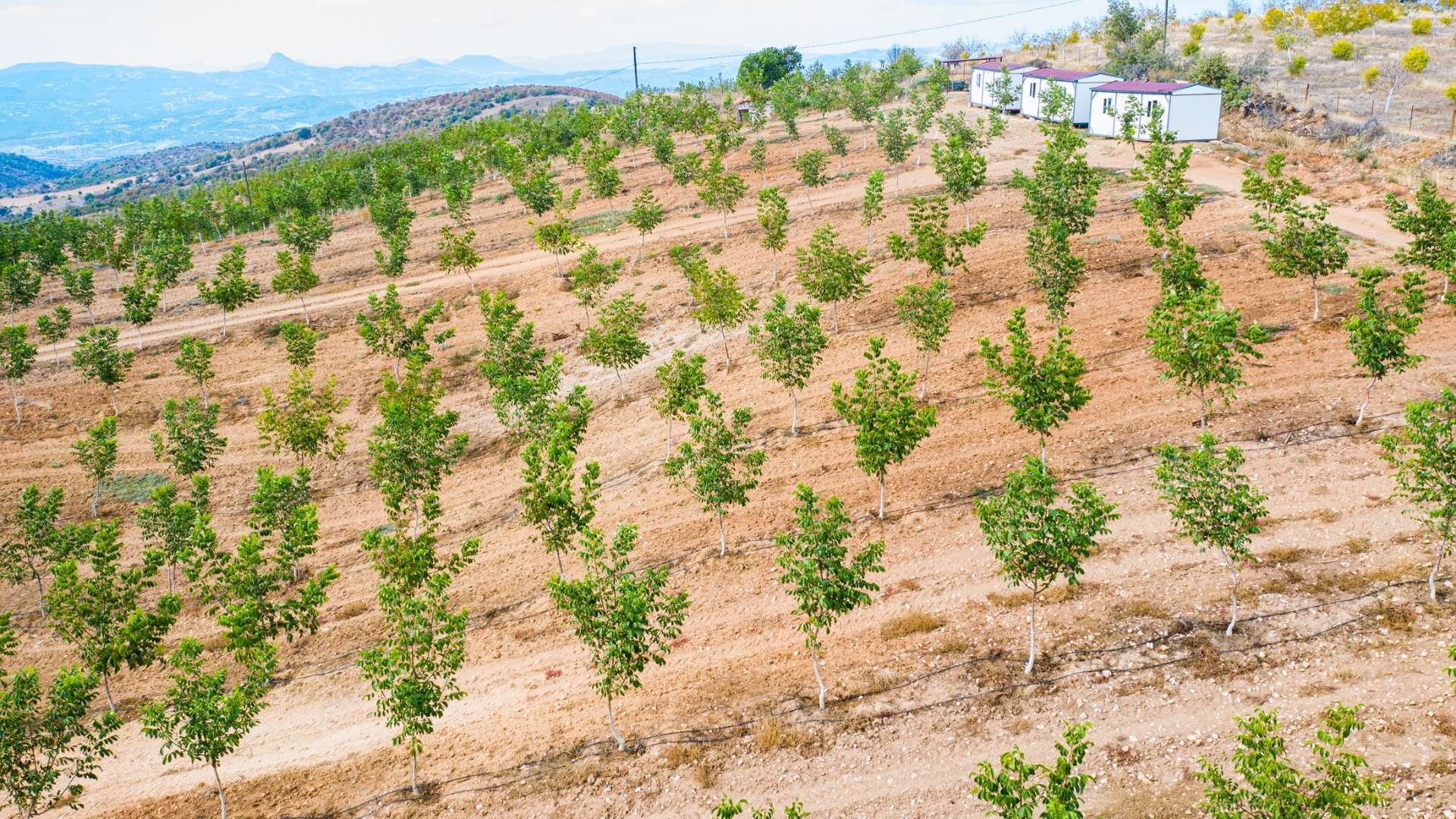
Investment in the agricultural sector
There is no better asset to own than assets that increase in value in the long run and keep pace with inflation. What if you could invest in something tangible that produces benefits for society? According to one study, food is one of the people’s last things to cut out of their budget. The population is only increasing, and the demand for goods is also growing with it. Investing in agriculture means supporting industry and lifestyle, keeping farmers in agriculture, and keeping your investment safer than it will be on the stock market.
Lifestyle
As technology advances, we have seen the agriculture sector decline. This decline should not be viewed in this way. Most families pass their farms down from generation to generation, and farming is an acquired skill that many people do not possess.
Supporting farmers means that they do not have to risk foreclosure from the bank that some investors in other sectors loom over their heads. The agricultural investment provides capital to farmers to increase their returns and productivity. It means that agricultural investment helps finance farmers access the inputs or equipment they need to make their crops as abundant as possible.
Agriculture is more sustainable than the stock market
When you invest in agriculture, you invest in a piece of physical land. This land is only valued, unlike shares in companies.
Investing in agriculture is usually a long-term venture. Returns vary depending not only on commodity prices but also on how much and how quickly the land is valued. Depending on the location of the farm, current commodity prices, and other factors, returns on investment range from 8-9% for commodity-based land or 10-15% for specialty crops. Since agricultural investments are long-term, they can be set up to remain in the investor’s family and passed on to future generations. Agricultural assets can be valued indefinitely.
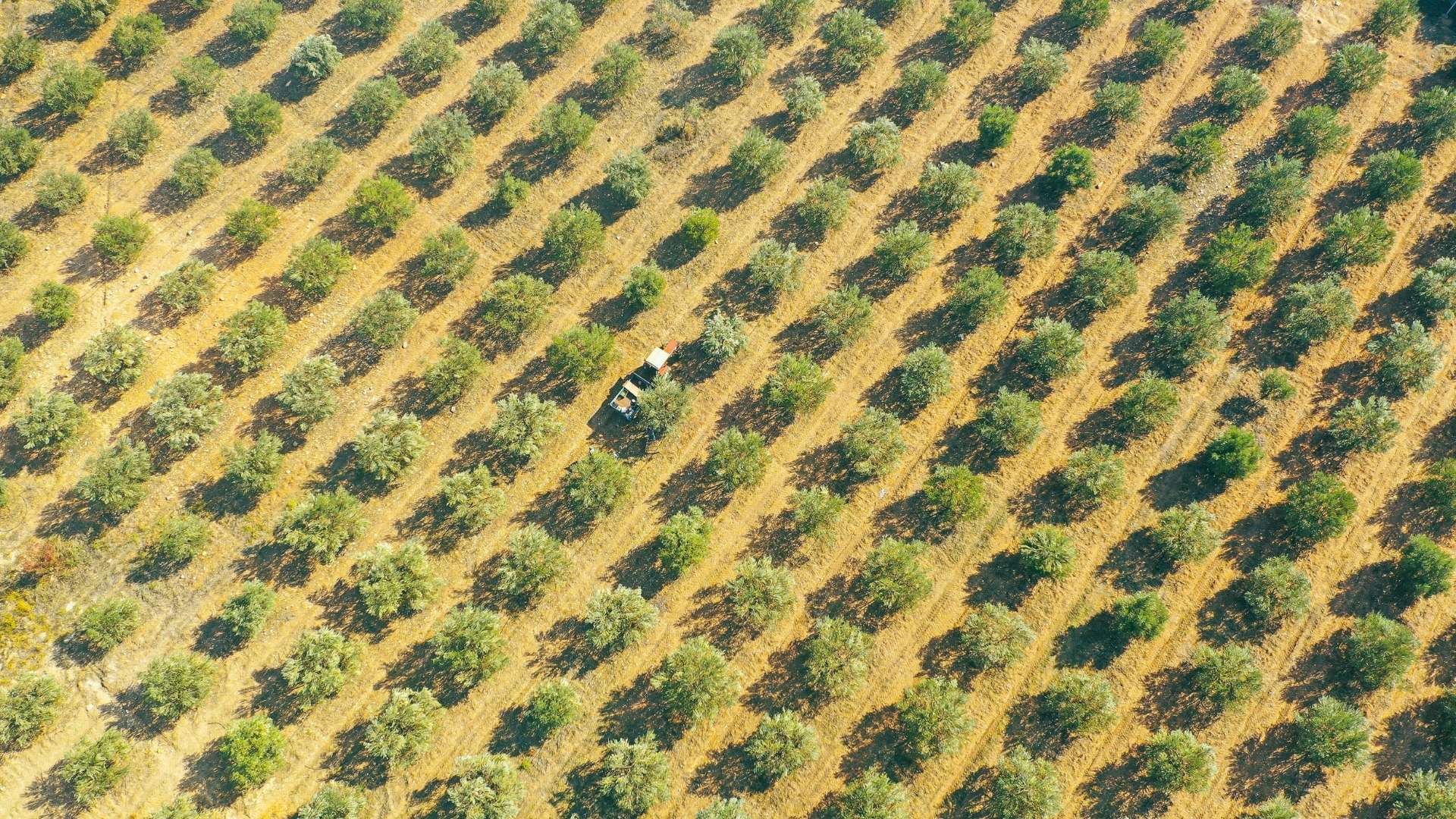
Keeping farms in an active and efficient state
Investment in agriculture keeps people fed and clothed. We all need food. All studies indicate that the amount of food, especially protein, that people eat every day steadily increases. Meanwhile, some experts fear that soil will become a scarce commodity at the rate of population consumption.
Another thing to consider is eating clean food and local food. People are becoming more selective in the food they eat. Restaurants and markets with a rich farm table are trendy today, even more so if they’re local. Knowing that the burgers you eat come from a farm five miles away in our community is very appealing to the consumer.
In many ways, investing in agriculture can be a powerful and fruitful venture. Agricultural land itself is a valuable and tangible thing. Agriculture produces tangible results that can be directly related to the farm’s success and where it is headed in the future. By investing in a farm, you are investing in the success of a community and securing a plot of land that will increase in value year after year.
Why not take this courageous step to create a future for you and your family? Join the Invest4Land family. Contact us and let’s discuss the available options with you!
Ready to get started?
As an award-winning agency, we are consistently and challenging ourseleves for the betterment. We are your authentic brand.


